Day 6 – Monday 28 October
An early start and off to Nagoaka, in the Niigata Province towards the west. This was a long 5 hour journey and we arrived soon after mid-day. We went to the Nagaoka Museum, constructed on the edge of the Jomon period site where the first ‘flame pot’ was discovered in 1937. We first visited the reconstructed buildings on the edge of the site – a round pit house and rectangular hall. There were a range of buildings around a central open area, with storage pits and graves between. The flame pots were used as domestic pottery for cooking, before being used to accompany burials. The site is on the terrace of the Shinano River, part of the longest river drainage in Japan, which flows westwards towards the sea.
Flame pots are named after the small projections on the rim, and also feature large complex 3D modelled projections. Decoration on the main part of the pot is deeply incised in vertical panels. These spectacular pots were made around 2,500BC and so sophisticated understanding of clay modelling and firing techniques. The Museum features an impressive array of flame pots, as well as other artefacts such as obsidian arrowheads, jade beads, harpoons, fishhooks and dogu.
It was a pleasure to meet the Curator, who I had met previously when he had been in the UK and visited the Museum with a group with the Sainsbury Institute of Japanese Culture. We have been discussing the loan of 3 vessels - a Beaker, Food Vessel and Collared Urn - from our collections in return for the loan of a flame pot as part of our exhibition of Jomonism – contemporary art and managa. After the end of our exhibition, the pot will become part of the Stonehenge and Japan exhibition at the Stonehenge Visitor Centre. Together we identified a flame pot that we would be able to borrow – a particularly fine example. The team from English Heritage were able to examine to pot in detail to ensure that it is in good condition and is able to travel. It was a real privilege to be able to see the flame pot up close and to admire the artistry involved in its construction.
We then went to the Niigata Prefectural Museum that is close by. This is a fantastic building and the main exhibition features a series of full-scale dioaramas – more like film sets - showing hunting in the forest, fishing and life in a Jomon village. The full-scale reconstructions were breath-taking, as was the attention to detail. I particularly liked seeing children playing as well as the more usual scenes of ordinary life, including cooking and making pots. These reconstructions were complemented by displays showing the evidence on which they were based, including wooden and lacquer objects from water-logged Jomon sites in the Prefecture.
We ended the day with a banquet, aided by sake, and with speeches of thanks. It was a great opportunity to find out more about the challenges of running a museum in Japan (they too face a deficit and cuts in funding).
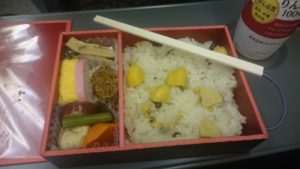
My bento box - very Jomon with chestnuts ...
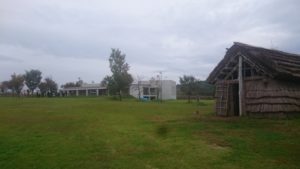
Nagaoka Museum in Niigata Prefecture
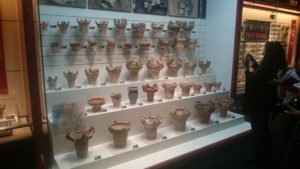
Amazing display of flame pots

Special display area - the Beaker, Food Vessel and Collared Urn that we will lend to Nagaoka Museum will be featured here.
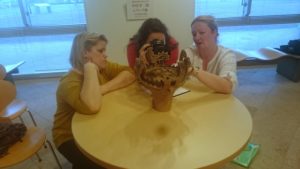
The flame pot that we will borrow being examined by English Heritage colleagues
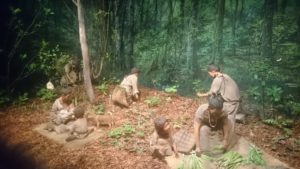
Niigata Prefectura Museum - life-size diorama of Jomon people in the forest
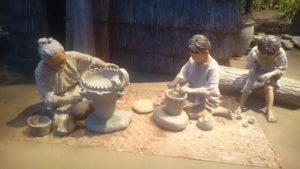
Life-size diorama of the village - making flame pots
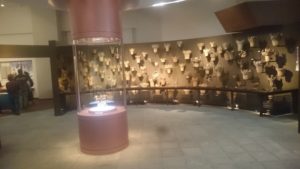
Flame pots
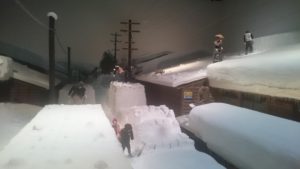
Life-size diorama of a snow-bound village - the houses are two stories high - and the snow 20ft deep
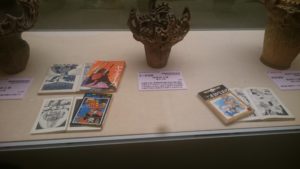
Special exhibition showing the impact of prehistory in contemporary cilture - flame pots and manga
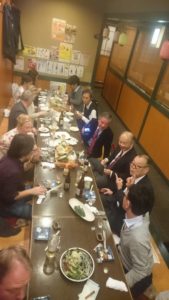
Dinner!

